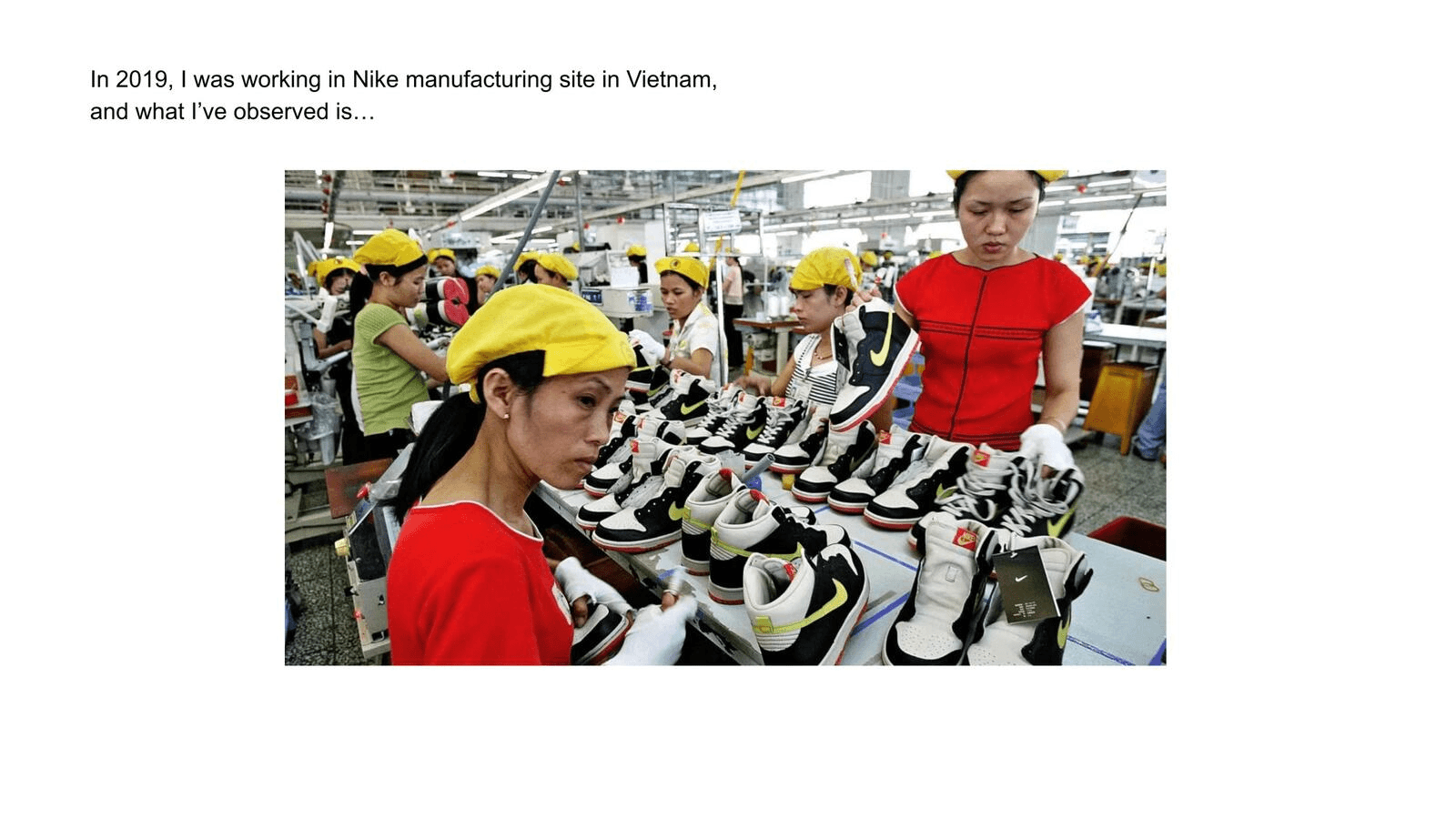RandomPuff
A 4D embroidered puffer system
RandomPuff is a 4D embroidery puffer that transforms from a flat to a volumetric surface when exposed to heat. This work presents a method for augmenting conventional 2D fabrics into 3D tactile surfaces, aiming to create customizable soft goods by active textiles. The development includes a library of 4D embroidery interactions between active fibers and static fabrics, along with demonstrations in wearable designs.
Motivation
My experience working at the NIKE factory highlighted a persistent challenge in translating between 3D and 2D forms. From 3D modeling and pattern making to the final assembly of a shoe, numerous steps are required, each somewhat isolated from the others. Once a process starts, there’s little flexibility for adjustment, as traditional materials are static. But from a manufacturing perspective, what if a piece of fabric could shift between multiple states, activated by various methods, allowing for easy adjustments in appearance or shape during prototyping? And from a consumer’s perspective, imagine if a garment could be fabricated flat for compact shipping, then activated to add volume and texture, allowing for personalized style adjustments.

Working mechanism of 4D Embroidered fabric
The heat-shrinking thread is the active component that creates the morphing effect, while a passive substrate is needed to support the embroidered thread. To identify which substrates produce the optimal morphing effect, the same embroidery parameters were tested across various fabrics. A range of fabrics was explored, including cotton, neoprene, organza, and dry oilskin, with lightweight and springy materials showing the best ability to maintain the morphed structure. Neoprene emerged as the ideal substrate for pairing with heat-shrinking yarn.
Computational tool for parametric embroidery designs

The embroidery pattern can be designed in detail using PEmbroidery for precise stitch and line work, while Inkstitch is used for more complex geometries. The resulting design file can be executed on machines ranging from hobbyist to industrial-grade embroidery equipment.
Characterization for defining material library
Material characterization involves identifying key embroidery parameters (left) and their resulting primary geometries (right). Parameters such as stroke type, density, width, stitch spacing, and double-sided threading were systematically analyzed to understand the formation and intensity of primary geometries like folds and bends. These insights enable the systematic expansion of primary shapes into more complex secondary geometries. For example, varying line density adjusts bending levels, while altering line lengths to form triangular patterns creates wavy forms. Transforming straight lines into circular loops produces puffed forms, and arbitrary patterns can generate even more intricate geometries.


Applications







